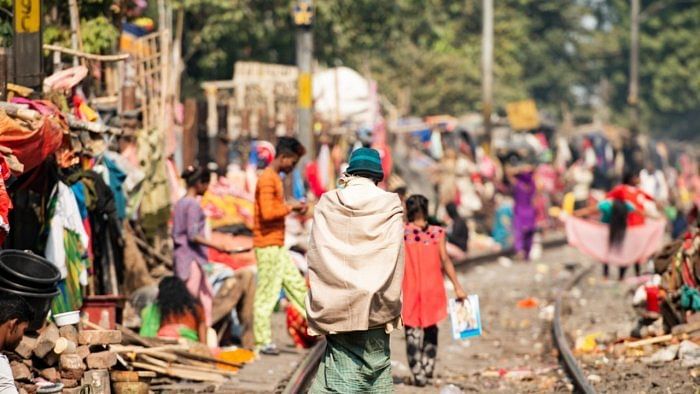
What Thomas Piketty shows us in A Brief History of Equality, with solid data over time, is that at the beginning of the 20th Century, direct taxes amounted to about 10% of the economy of the UK (and the US and other Western economies).
These funds were largely allocated to military expenditure and colonial administration. However, following the devastation of the First World War and the establishment of the USSR, dramatic changes occurred, particularly in the UK, and to a lesser extent in the US. These changes were influenced by the emergence of the Soviet Union, the Labour Party’s impact in the UK, the communist influence in the French parliament.
Sidney and Beatrice Webb’s visit to the Soviet Union, the first country in the world to provide universal and free healthcare, greatly influenced the establishment of the National Health Service after the Labour Party’s victory in the first post-war elections, during which Churchill was rejected in the UK.
The proportion of direct taxes rose significantly then on until about 1980. The introduction of inheritance taxes, wealth taxes, and progressive taxation led to a substantial increase in the share of direct taxes, reaching about 50-60% in most Western European countries, and even in the US. This increase facilitated investments in education and healthcare, which became the envy of other nations. It also enabled investments in public goods, such as transportation and communication, as well as the implementation of minimum wage standards, old age pensions, and unemployment benefits. In essence, these measures reduced inequalities, including income and wealth disparities, and consequently led to a decrease in health inequalities. These societies became more equitable, evident in the improved height and reduced disparity in average life expectancy among the working class. However, despite these advancements, persistent health inequalities based on social class persisted, as highlighted in the Black Report.
It was proportionate taxation, wealth tax and inheritance tax that made these social goods possible. Corporate taxation also formed a part of this package. This also meant the social responsibility for the next generation, the reproduction of labour, was socialised by social-democratic movements in the West.
In India, the proportion of indirect taxes far exceeds that of direct taxation (which has not crossed 10-11%), paid for by the poor. This is not only grossly unfair but subsidises the rich in many ways.
Since 1980, however, there has been a reversal of these patterns of progressive taxation, and fiscal injustice has come home to stay. Income and wealth inequalities have increased around the world, and in India. Reflecting this, health inequalities too have increased within and between nations. The Oxfam International report Inequality Kills notes that the wealth of the 10 richest men has doubled, while the incomes of 99% of humanity are worse off, because of Covid 19; that 252 men have more wealth than all the one billion women and girls in Africa, Latin America and the Caribbean combined; that since 1995, the top 1% have captured nearly 20 times more global wealth than the bottom 50% of humanity. In fact, this inequality contributes to the death of at least one person every four seconds.
In India, the top 10% of the population holds 77% of the total national wealth; 73% of the wealth generated in 2017 went to the richest 1%, while 670 million who comprise the poorest half of the population saw only 1% increase in their wealth. There are 119 billionaires in the country at present; their numbers increased from only 9 in 2000 to 101 in 2019. The report also notes that 63 million Indians are pushed into poverty every year due to health care costs.
These are not intractable facts of nature, but mutable and contingent facts of history and politics. It is politics which determines who lives and who dies and how. That is what should make health justice important on our political agendas.
With 9.28 physicians per 10,000 persons in India (2019) there is no dearth of data that cries out for significant increase in public expenditure on health as against the meagre 2.1% of GDP. According to a study by the World Health Organisation in 2022, nearly 70% of all outpatient care and about 60% of all inpatient care in India is provided by private healthcare facilities. Given that households spend nearly four times less in government hospitals than in private hospitals, this certainly becomes a choice between life and death, or at least between survival and indebtedness.
A decent and affordable public health system is incompatible with inequality. The only prescription is to acknowledge and correct a set of policies that is contributing to this inequality and thereby condemning millions to lives of misery, uncertainty and ill health. This requires bringing discussion about a just tax system, about a wealth and inheritance tax back on the table.
(The writer is former professor at the Centre for Social Medicine and Community Health, JNU)
(This is the fourth of a series of articles on inequality in India, curated in
collaboration with the Centre for
Financial Accountability, New Delhi)